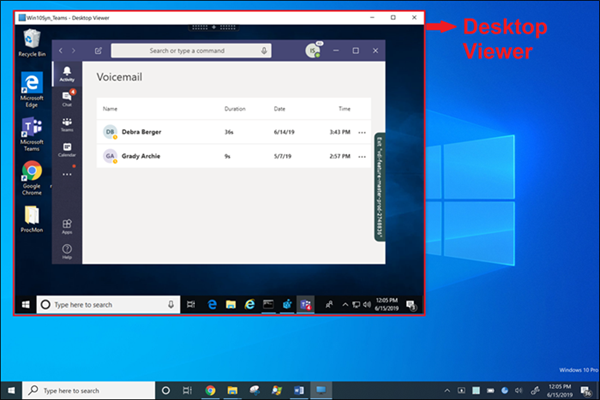



Imaging is available in Vista Business, Enterprise and Ultimate but not in Home Premium or Basic.Make sure if you’re saving to USB sticks or portable hard drives they are NTFS formatted. Only NTFS formatted partitions can be backed up.Backup to network is not available in Windows 7 Home Premium or Home Basic.You will however, have the option to backup any files before a restore if using the Control Panel.

System Image will backup and restore ALL files on the system and you cannot at any point select individual files or folders.Although system imaging is supposed to be able to reformat to the previous layout, this is a common cause of a restore failing. Try not to change the partition structure of the backed up volumes or the restore could fail.Here are a few points to note when using the System Image function: If you’ve ever use the System Restore option, System Imaging is like that but restores the whole drive not just certain files.Īlthough the Windows Backup and Restore tool is pretty basic in terms of features, and the speed is not as fast as third party drive imaging software, it is good enough for most normal situations and the backing up or restoring can be achieved in several different ways. If your system develops problems later on that can’t easily be fixed, you can use this backup to restore the computer back to that earlier point in time. If you’re unsure what system imaging actually does and how it could help you, a system image is an exact copy of your system drive that gets backed up and saved into a file. One good thing about using the Windows built-in system image backup is you don’t need to install any third party software such as Acronis TrueImage or Macrium Reflect and all Windows 7 users have it immediately to hand. One thing that was introduced into Windows Vista and and became more available in Windows 7 is the built-in capability of creating a full backup image of your system so that it can be restored back when Windows becomes corrupt or not bootable.


 0 kommentar(er)
0 kommentar(er)
